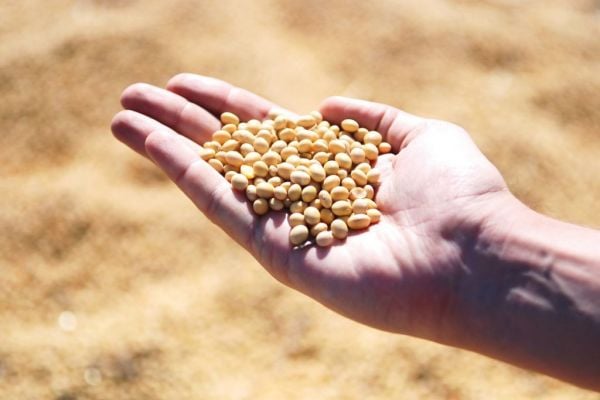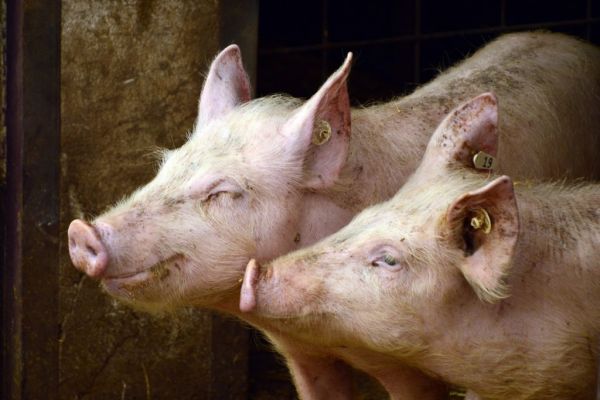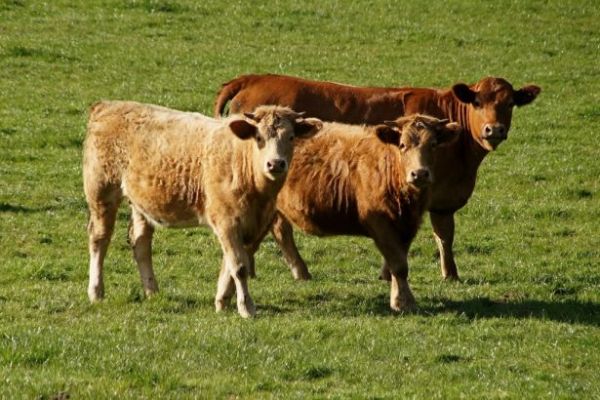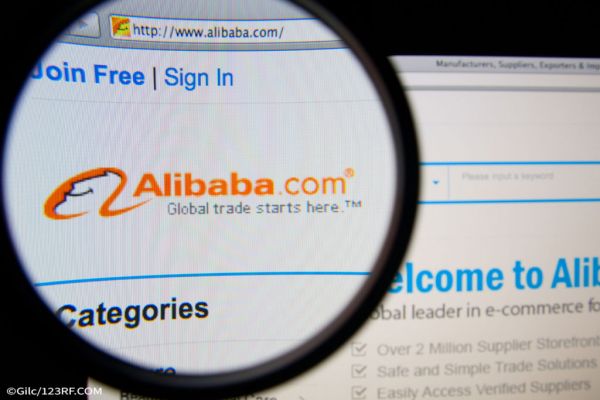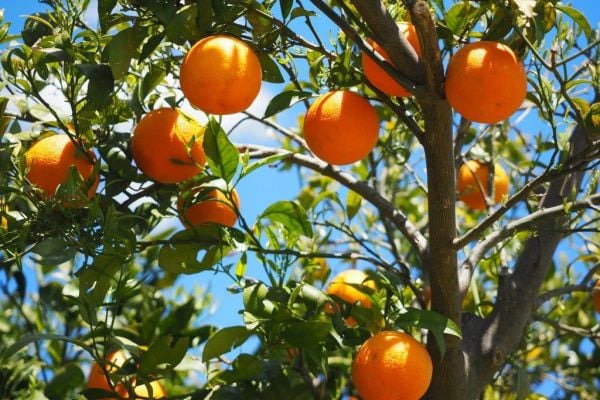China's agriculture ministry issued a three-year action plan on Friday to reduce soymeal use in animal feed as it continues to try to reduce its heavy reliance on soybean imports.
The new plan proposes that soymeal ratios in animal feed should be reduced to under 13% by 2025, down from 14.5% in 2022.
Authorities in the world's top soybean importer already issued guidelines in 2021 to its animal feed industry recommending lower soymeal ratios.
The new plan would "guide the feed industry to reduce the amount of soybean meal, promote the saving and consumption reduction of feed grains, and contribute to ensuring the stable and safe supply of grain and important agricultural products", said the document published by the ministry of agriculture and rural affairs.
The new target of under 13% by 2025 is slightly lower than an earlier target of 13.5%, but the direction is not new, said Lief Chiang, senior analyst at Rabobank.
"The whole point is to build a more resilient supply chain amid geopolitical risks," he said
China buys more than 60% of the world's traded soybeans, well over 90 million tonnes a year, largely from the United States and Brazil.
"On the one side, they would like to lower the absolute volume of soybean imports, but meanwhile as a contingency, they want to diversify, and lower their dependency more, particularly on the United States," added Chiang.
Lower Soymeal Use
The push for lower soymeal use has so far been successful, helped in large part by soaring prices of the protein-rich ingredient in recent years, which has pushed feed makers to scale back its use.
Rabobank estimated in January that the ratio could drop to 12% by 2030, lowering China's soybean imports to 84 million tonnes. This year, imports will be about 95 million tonnes, said Chiang.
The new plan could have a bigger impact. China could reduce soymeal consumption by at least 3 million tonnes a year, said Liu Bing, an analyst at Donghai Futures, equivalent to 4 million tonnes of soybeans.
Imports could drop to 82 million tonnes by 2025, he said, with feed makers using more rapeseed, sunflower seed and synthetic protein as soymeal substitutes.
Lower soybean imports would result in less soyoil production however, requiring more palm oil imports as compensation, he added.
China will also approve up to two microbial proteins for feed by 2025 and carry out pilot projects to use leftover food and animal carcasses for feed in more than 20 large or medium-sized cities, said the plan.
It also targets increasing the output of high-quality forage to 98 million tonnes by 2025, allowing forage to take a greater share of dairy and beef cattle feed.
News by Reuters, edited by ESM – your source for the latest supply chain news. Click subscribe to sign up to ESM: European Supermarket Magazine.
